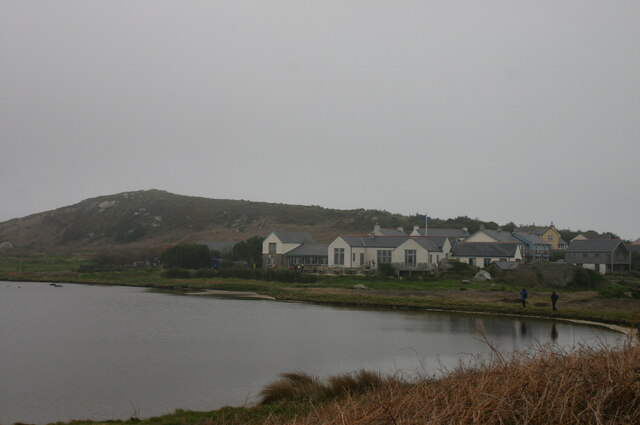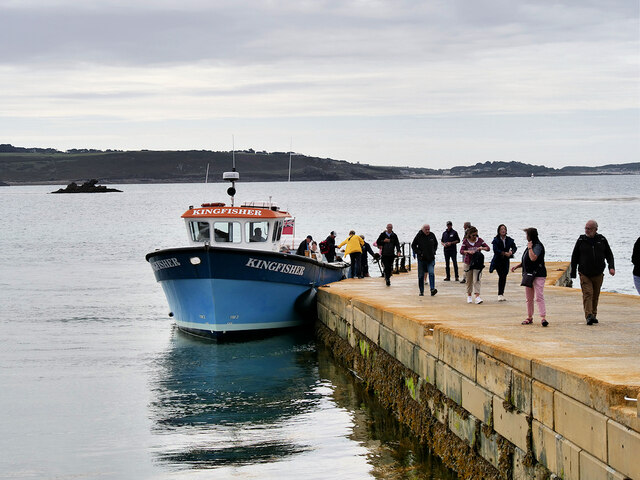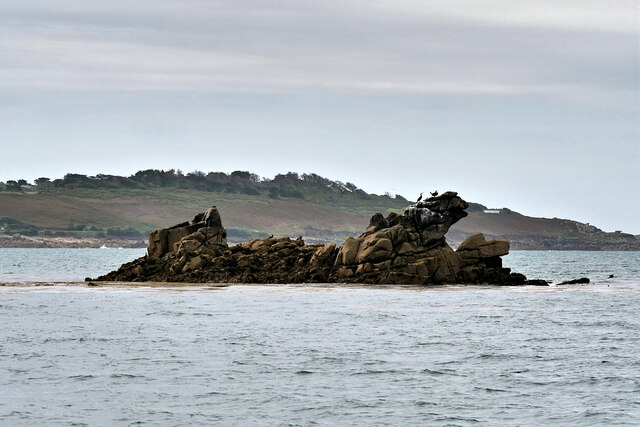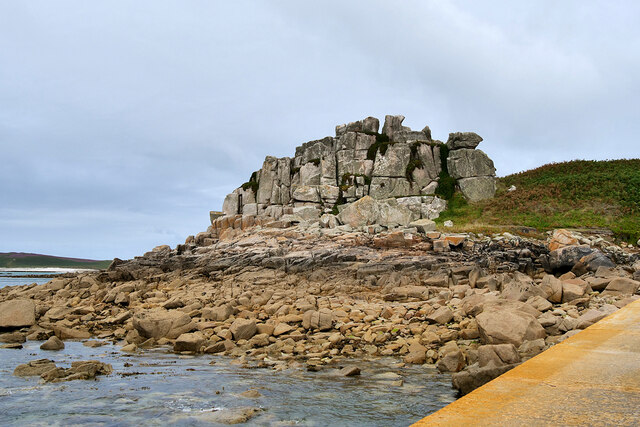Bar Point
Beach in Cornwall
England
Bar Point

Bar Point is a picturesque beach located in Cornwall, England. It is nestled along the rugged coastline of the county, offering visitors a stunning view of the Atlantic Ocean. The beach is situated between Looe and Polperro, two charming fishing villages, and is easily accessible by car or public transportation.
Bar Point boasts a sandy shoreline that stretches for approximately half a mile, providing ample space for beachgoers to relax and soak up the sun. The beach is surrounded by towering cliffs, which not only add to its natural beauty but also provide a sense of privacy and seclusion.
Due to its location, Bar Point is a popular spot for water activities such as swimming, snorkeling, and kayaking. The crystal-clear waters are relatively calm, making it a safe haven for families with children. Lifeguards are also present during peak seasons to ensure the safety of all visitors.
Nature enthusiasts will appreciate the diverse wildlife that can be spotted in and around Bar Point. Seals, dolphins, and various seabirds are frequently seen in the area, adding to the tranquil atmosphere of the beach.
Facilities at Bar Point include public toilets, a car park, and a nearby café where visitors can grab a bite to eat or a refreshing drink. There are also several coastal trails that start from the beach, allowing hikers to explore the surrounding cliffs and enjoy panoramic views of the coastline.
Overall, Bar Point in Cornwall offers visitors a serene and beautiful beach experience, perfect for those seeking relaxation or outdoor adventures.
If you have any feedback on the listing, please let us know in the comments section below.
Bar Point Images
Images are sourced within 2km of 49.936493/-6.3492476 or Grid Reference SV8813. Thanks to Geograph Open Source API. All images are credited.













Bar Point is located at Grid Ref: SV8813 (Lat: 49.936493, Lng: -6.3492476)
Division: Isles of Scilly
Unitary Authority: Isles of Scilly
Police Authority: Devon and Cornwall
What 3 Words
///darkens.reboot.arranges. Near Bryher, Isles of Scilly
Nearby Locations
Related Wikis
Samson, Isles of Scilly
Samson (Cornish: (Enys) Sampson) is the largest uninhabited island of the Isles of Scilly, off the southwestern tip of the Cornish peninsula of Great Britain...
Oliver's Battery, Tresco
Oliver's Battery is a ruined artillery battery on the island of Tresco in the Isles of Scilly off of Cornwall, England. It was built by the Parliamentarian...
HMS Colossus (1787)
HMS Colossus was a 74-gun third-rate ship of the line of the Royal Navy. She was launched at Gravesend on 4 April 1787 and lost on 10 December 1798. During...
Tresco Heliport
Tresco Heliport (ICAO: EGHT) is a heliport located on the island of Tresco, in the Isles of Scilly off the southwest coast of England, UK. The heliport...
Nearby Amenities
Located within 500m of 49.936493,-6.3492476Have you been to Bar Point?
Leave your review of Bar Point below (or comments, questions and feedback).






